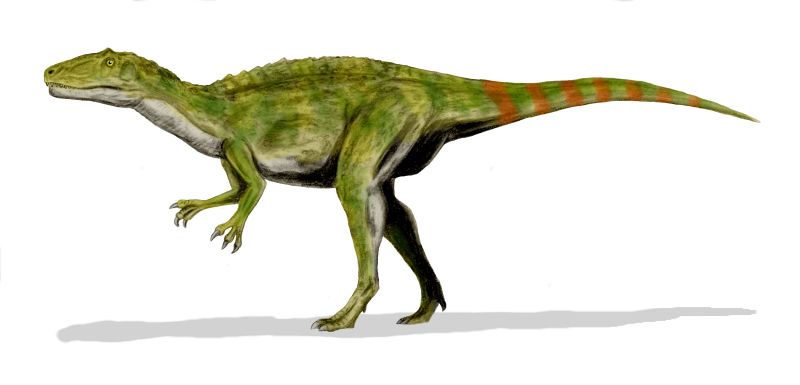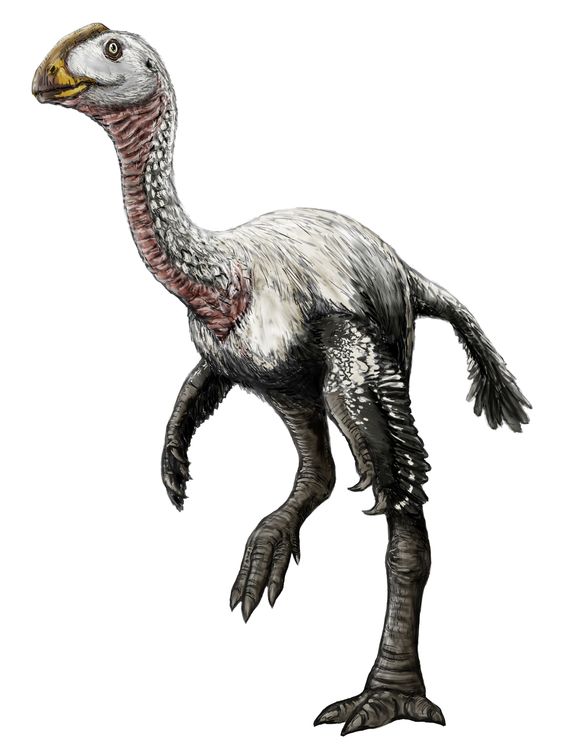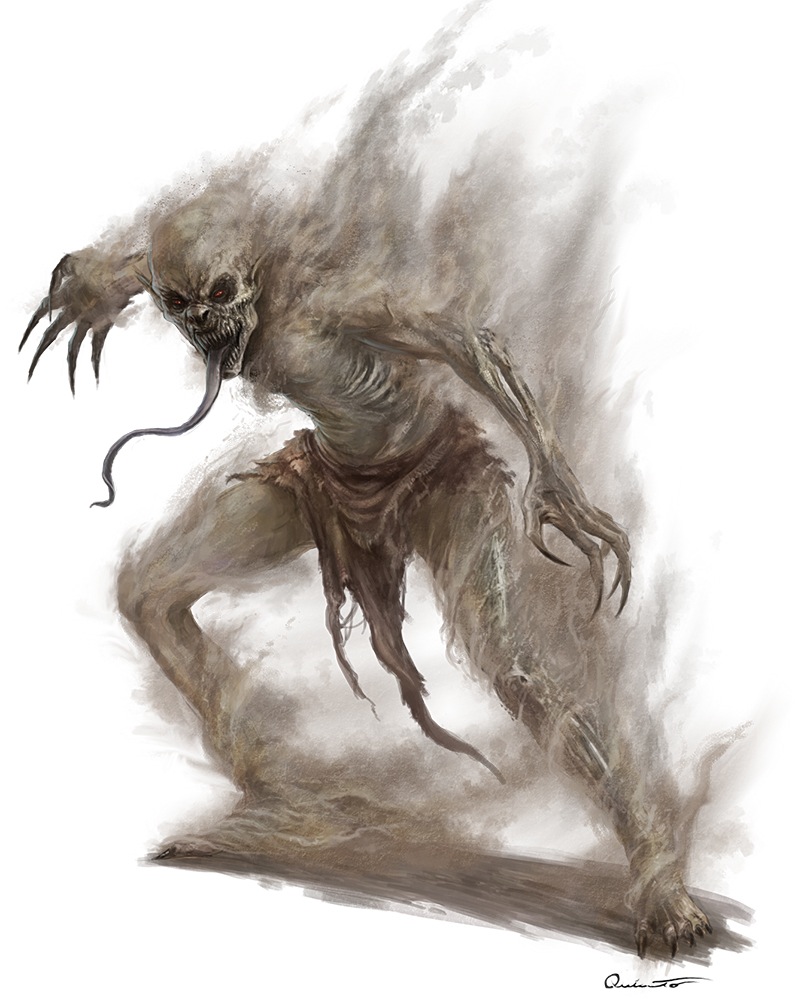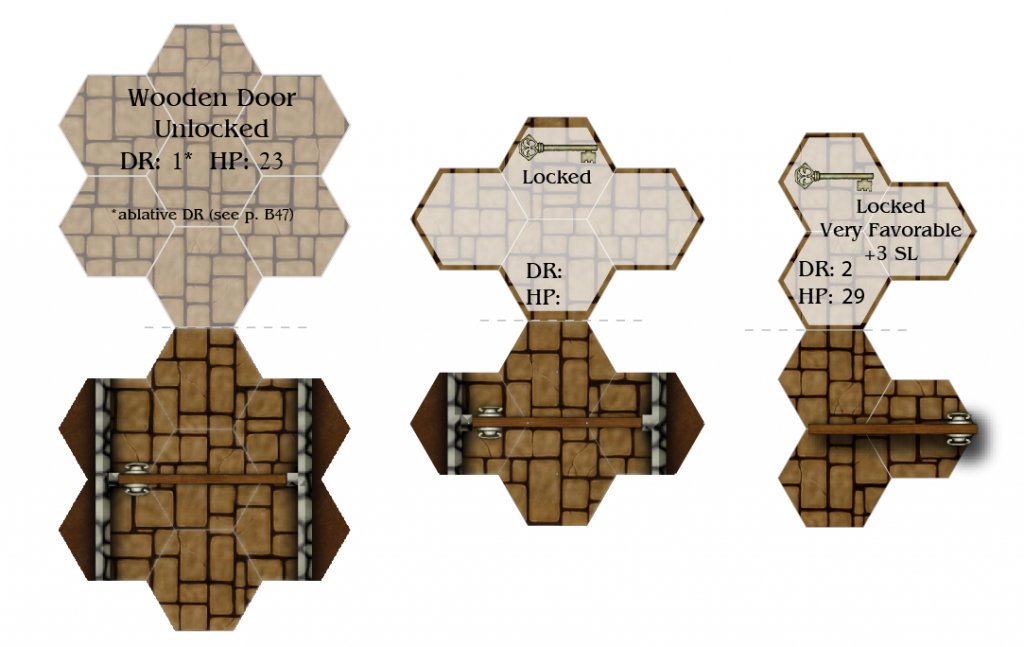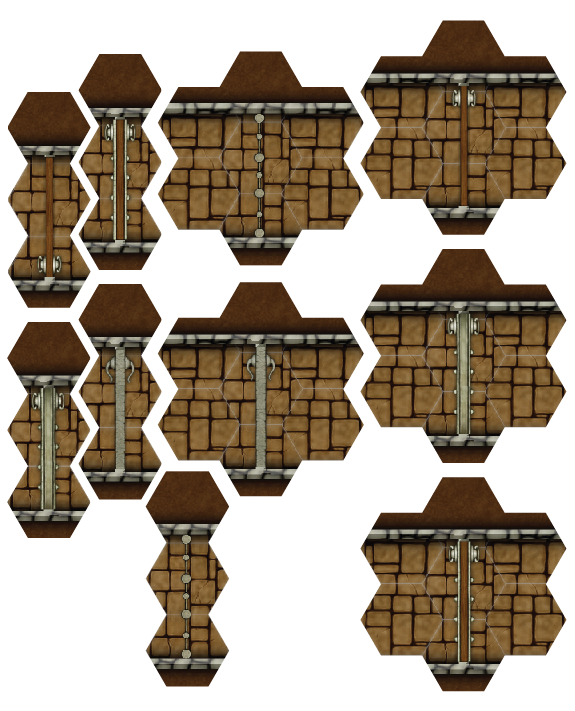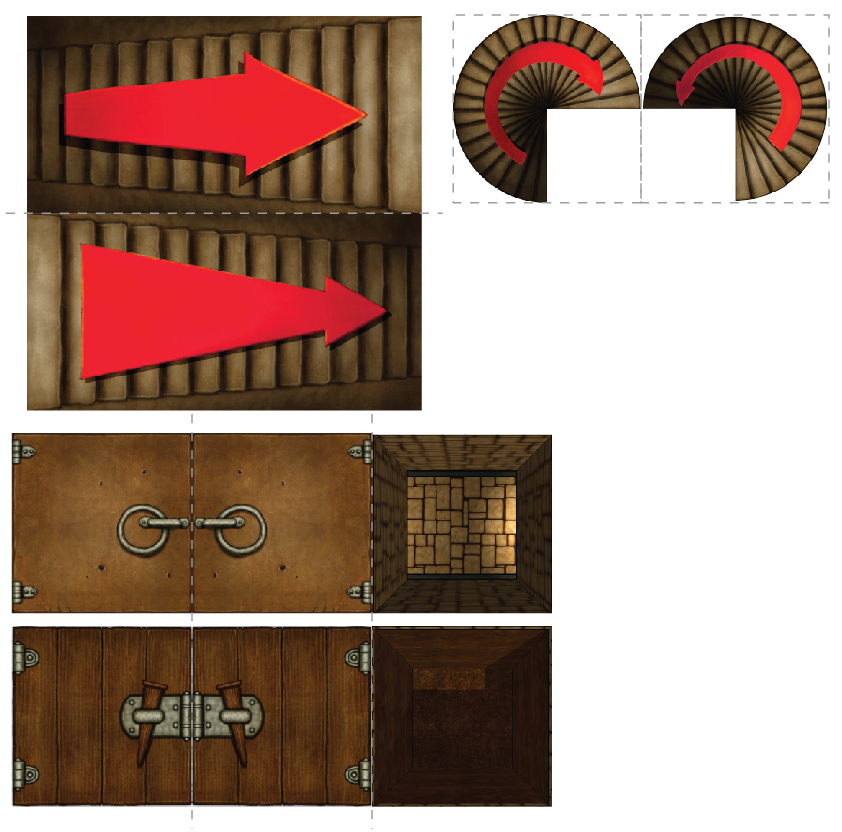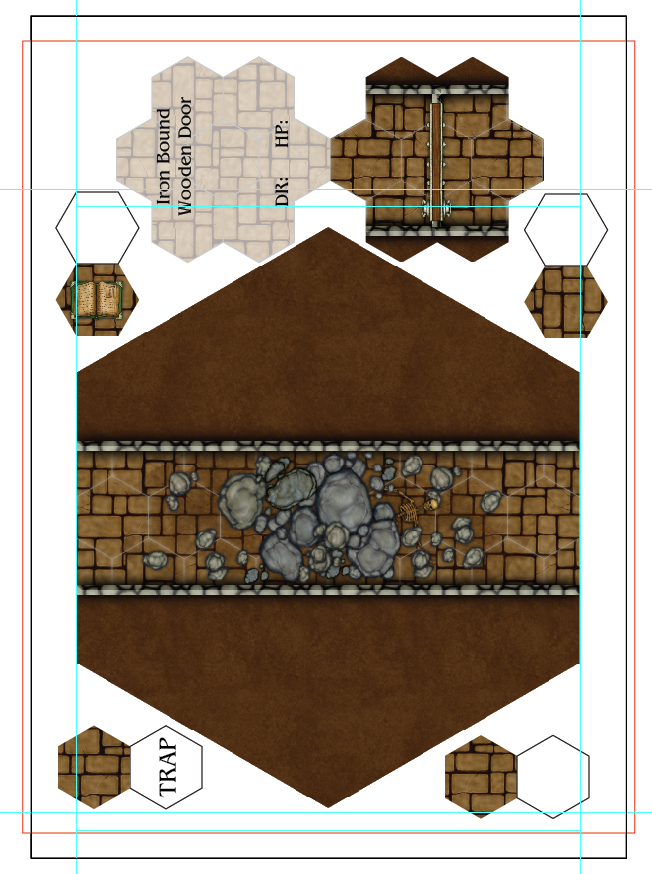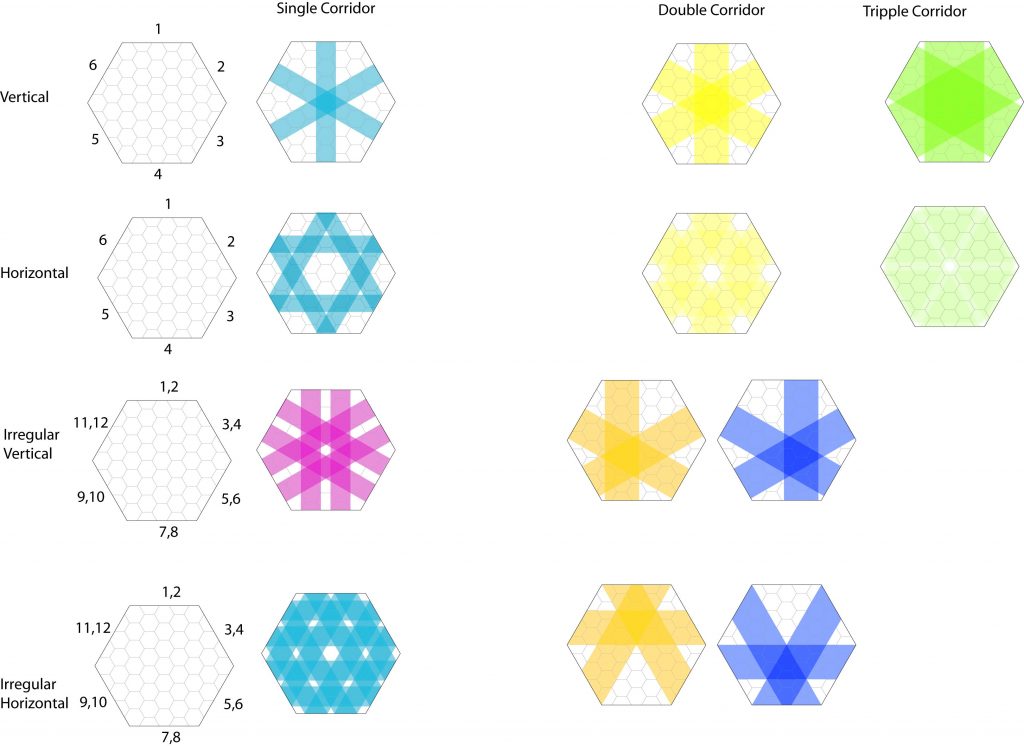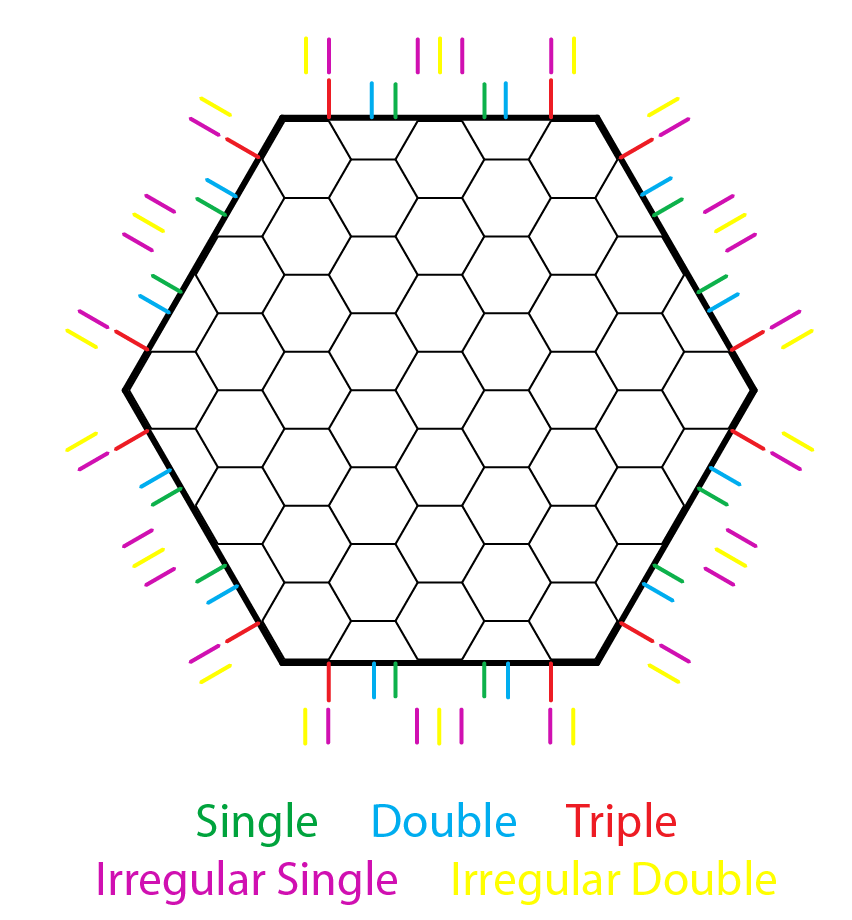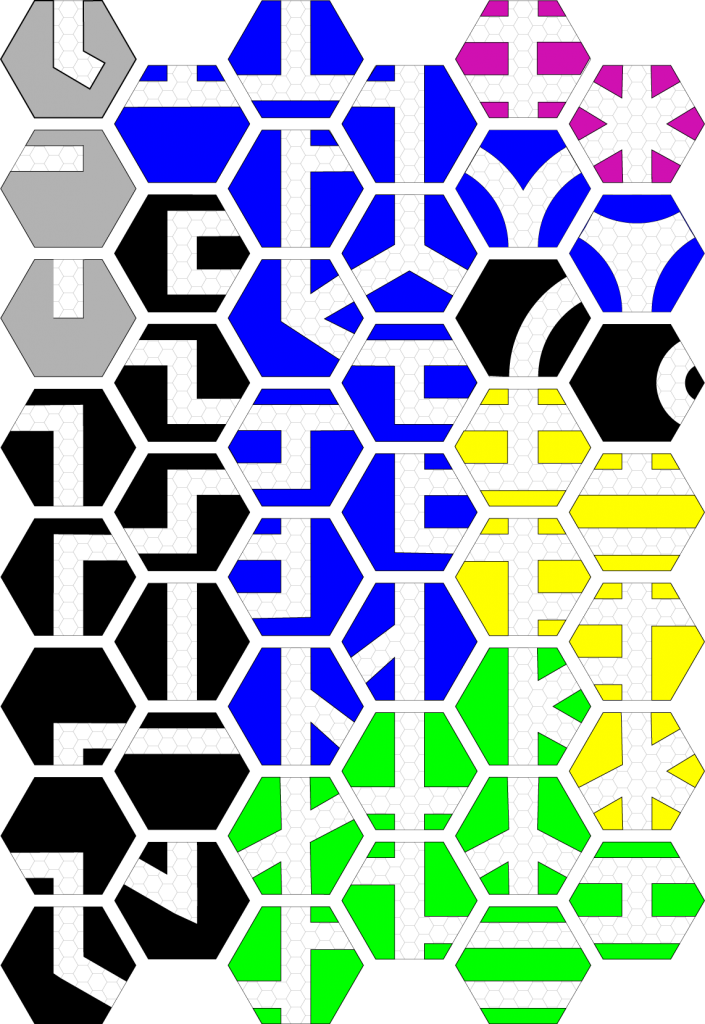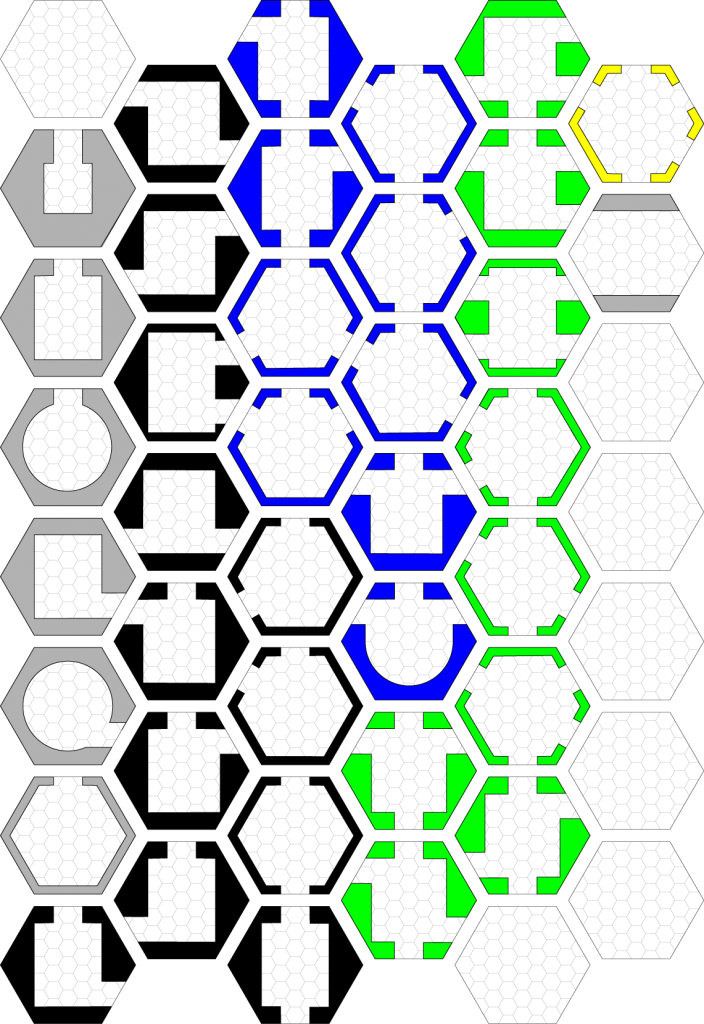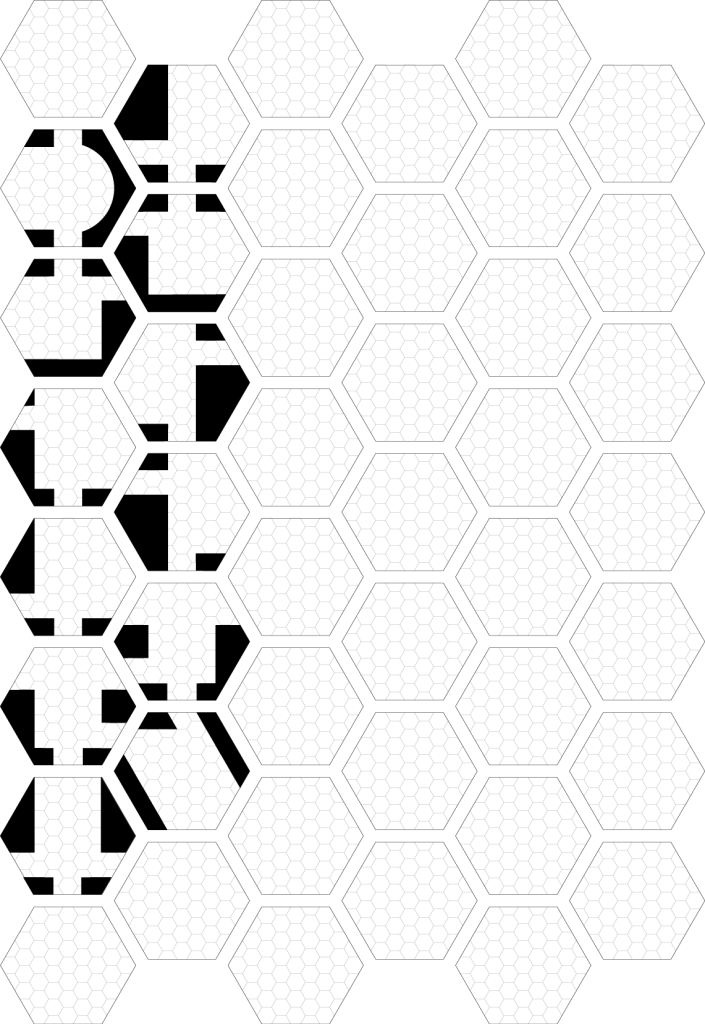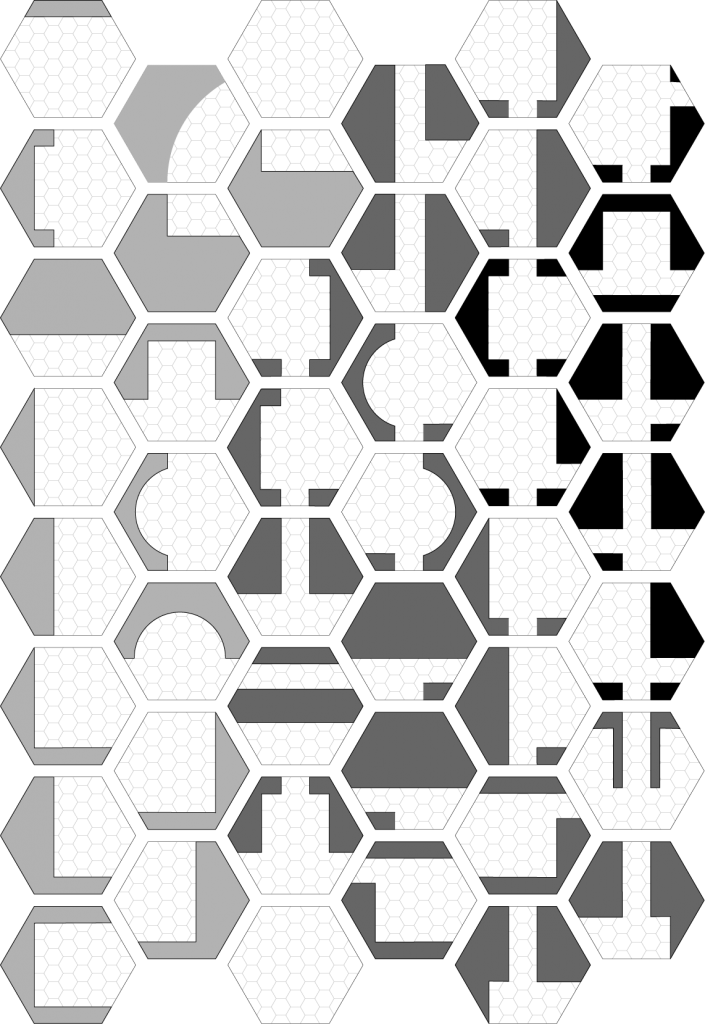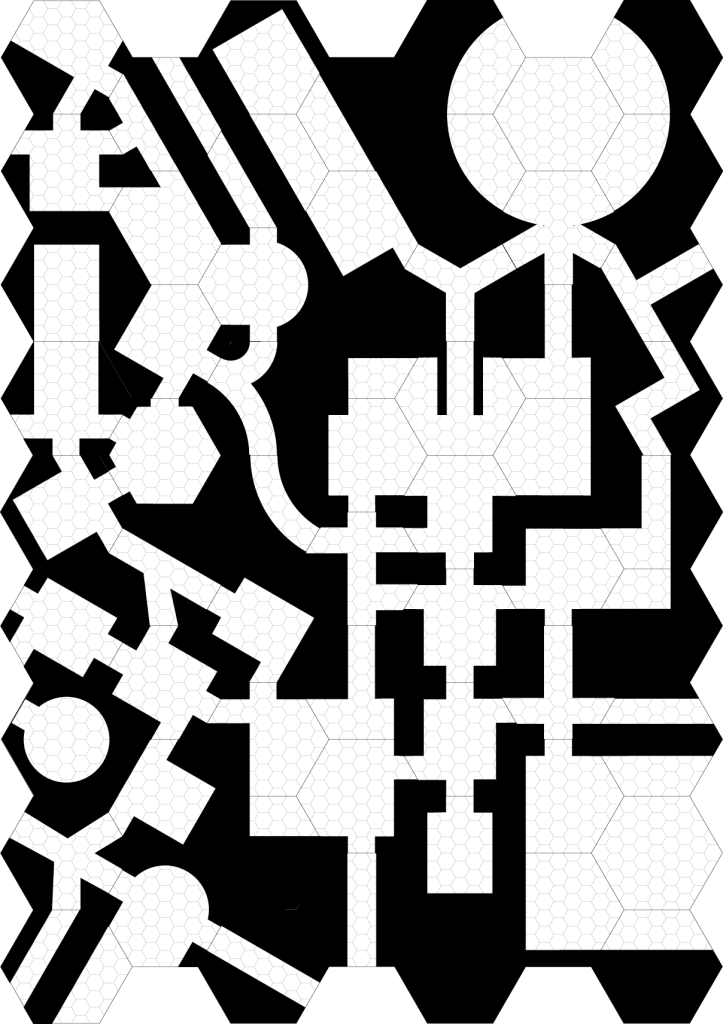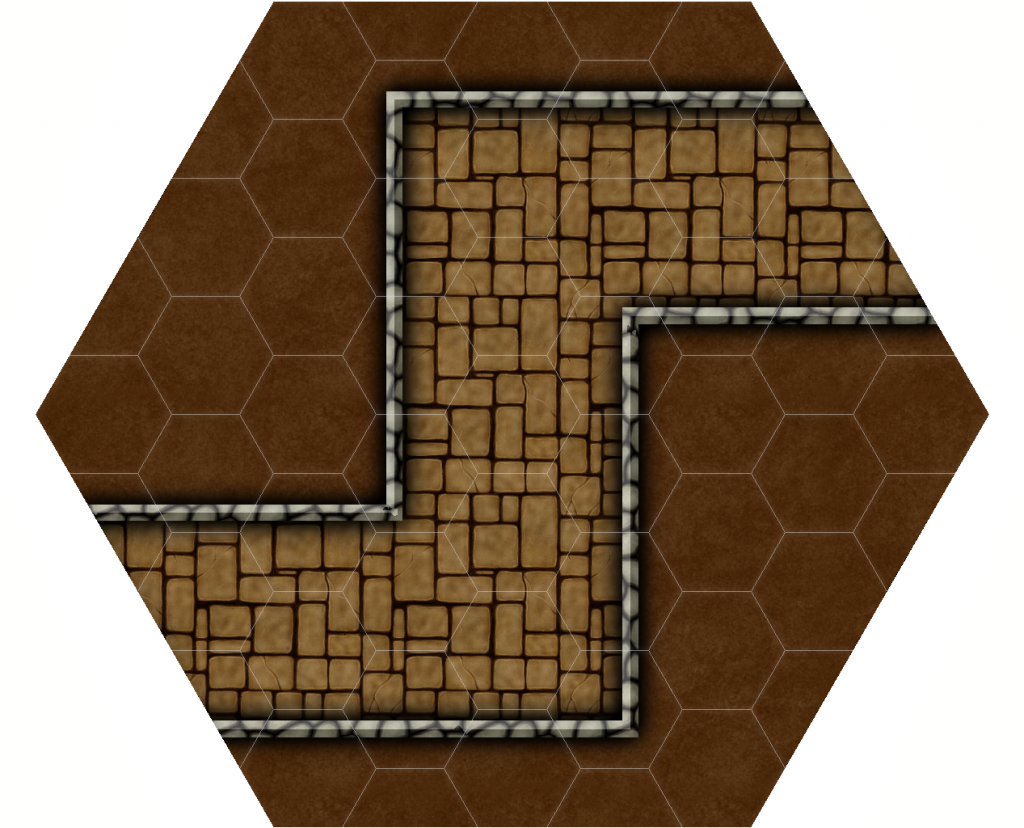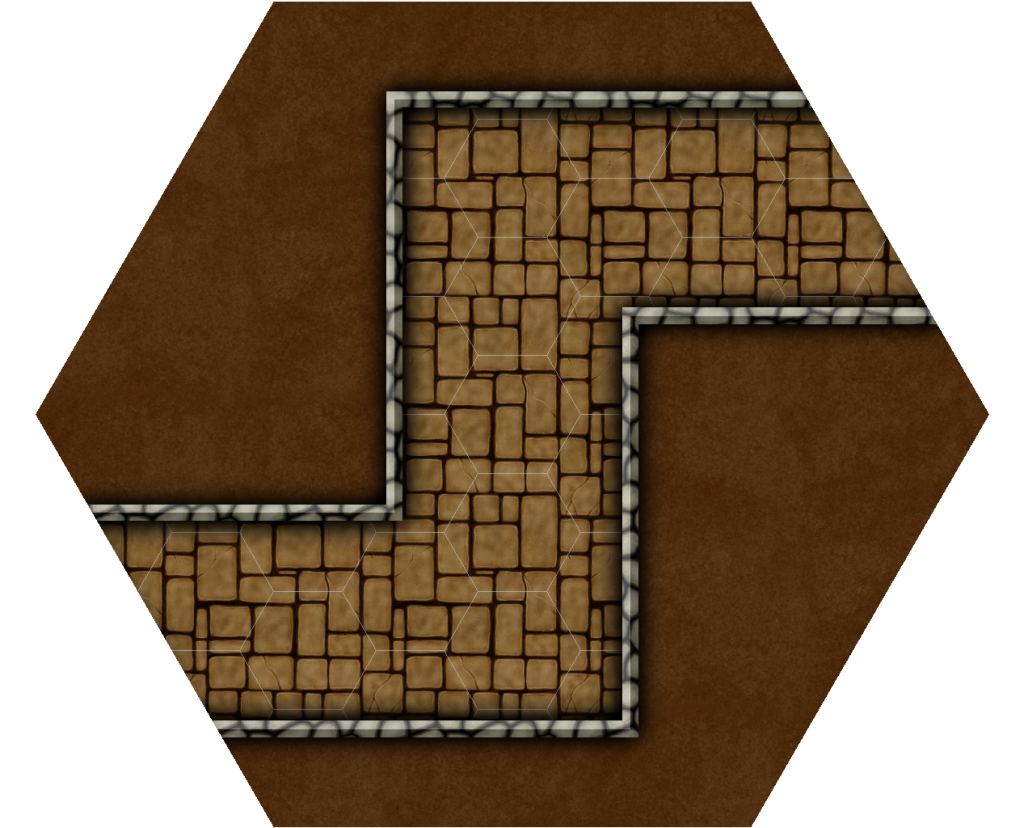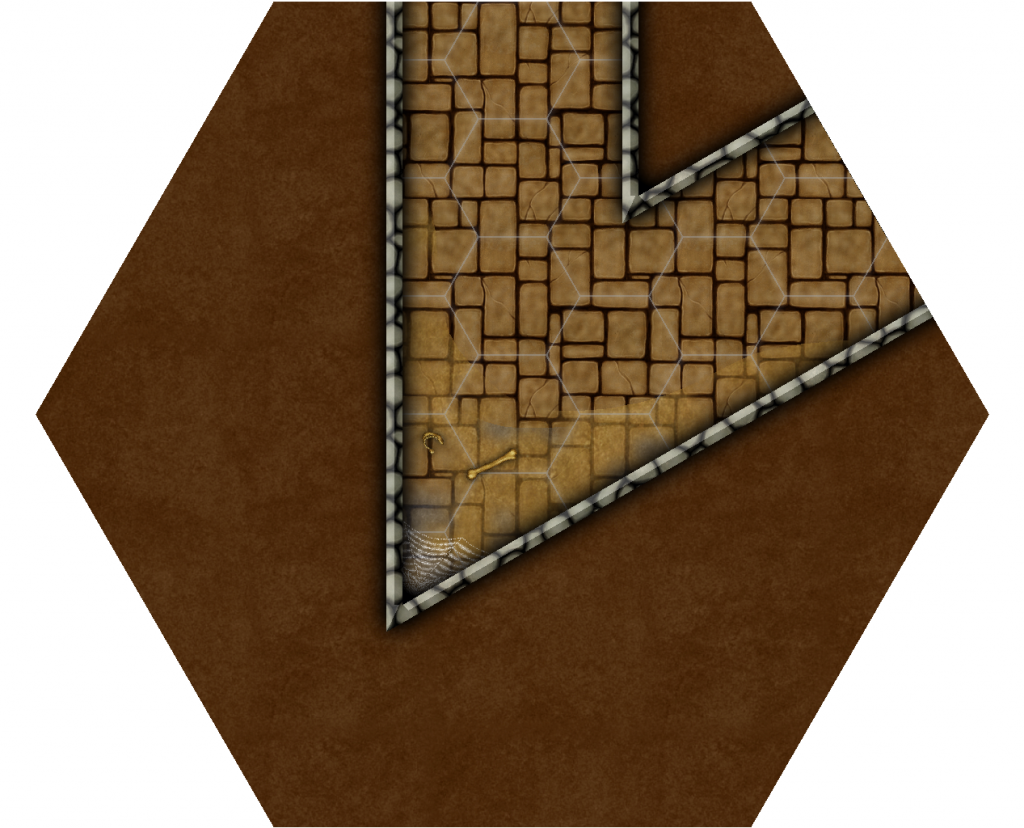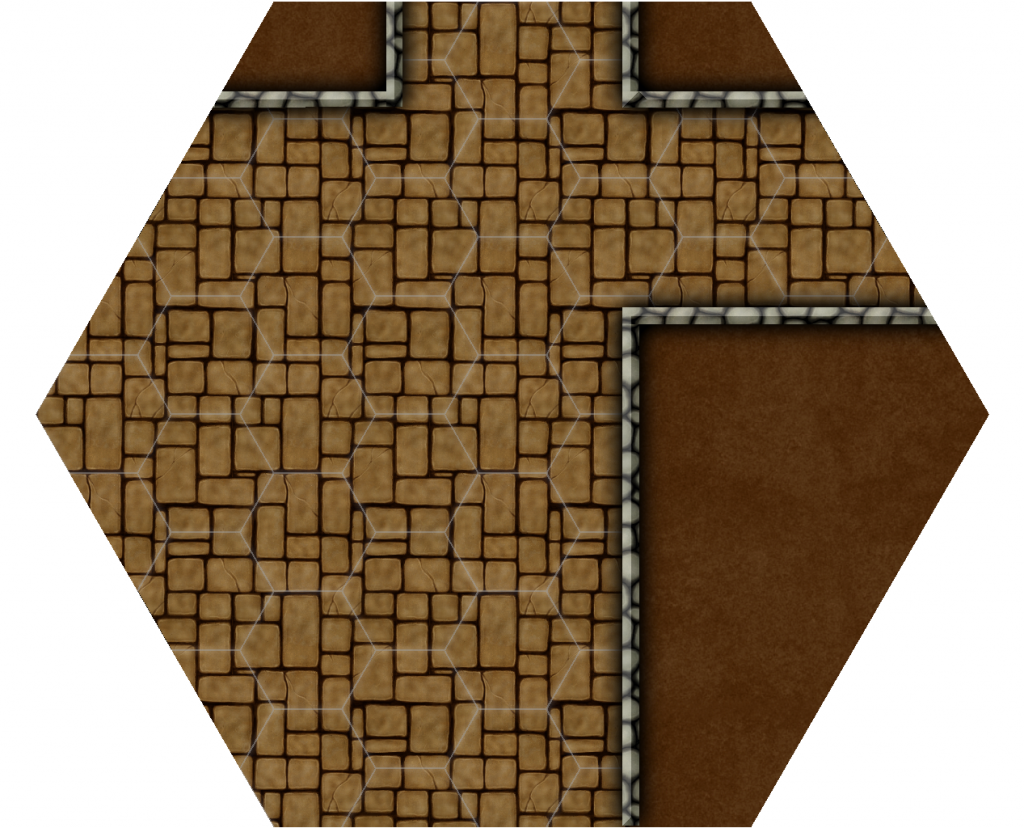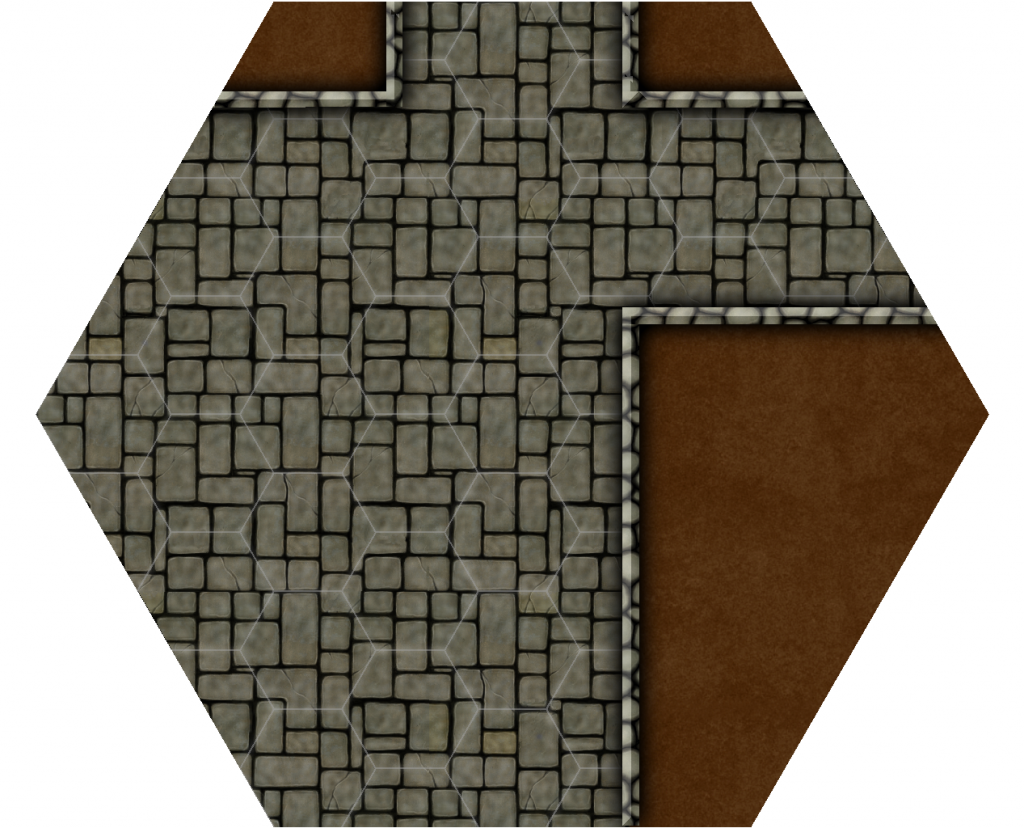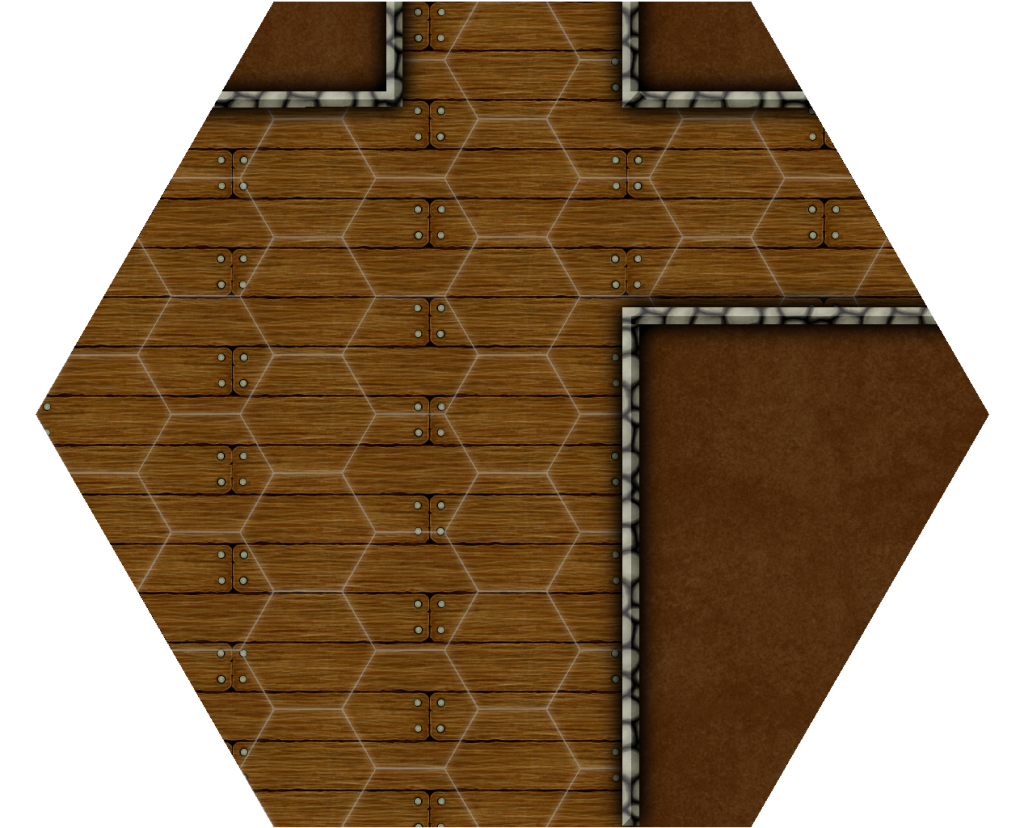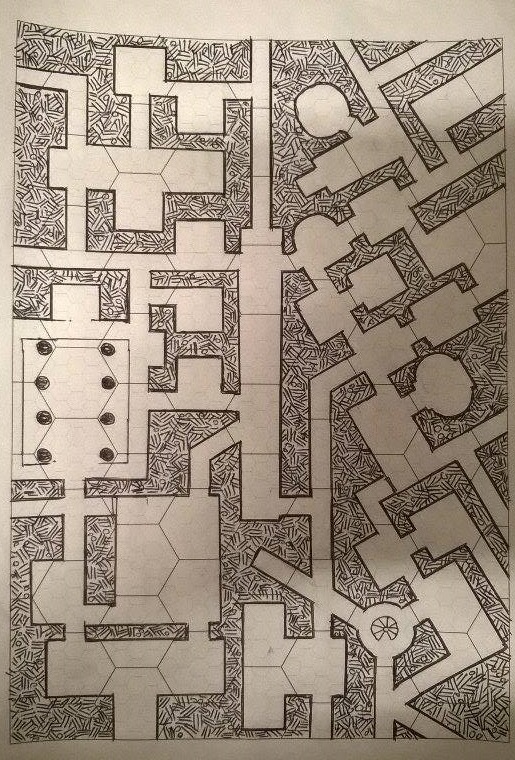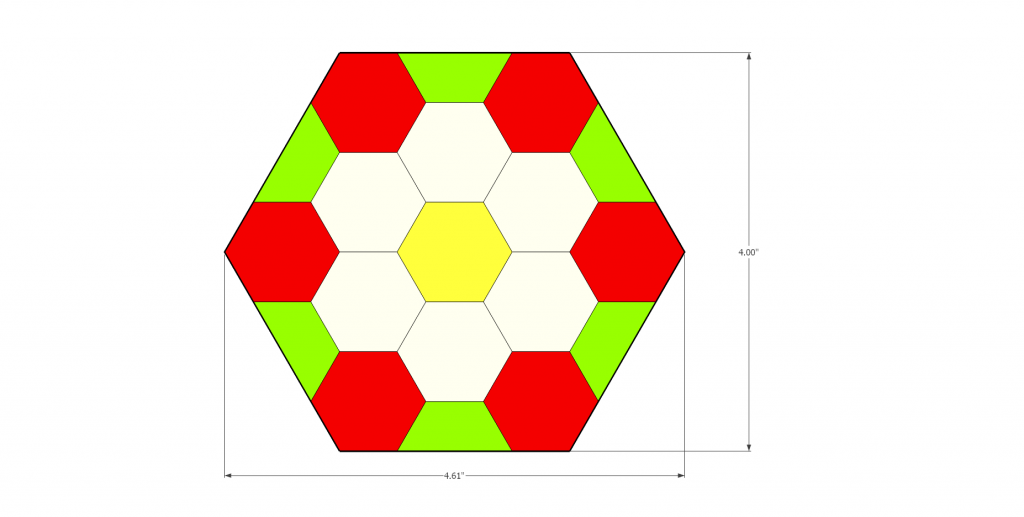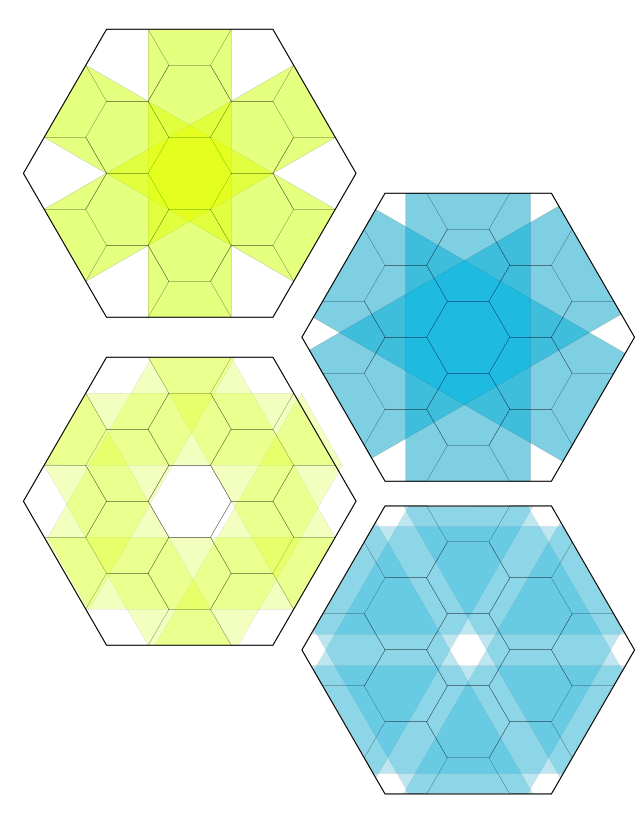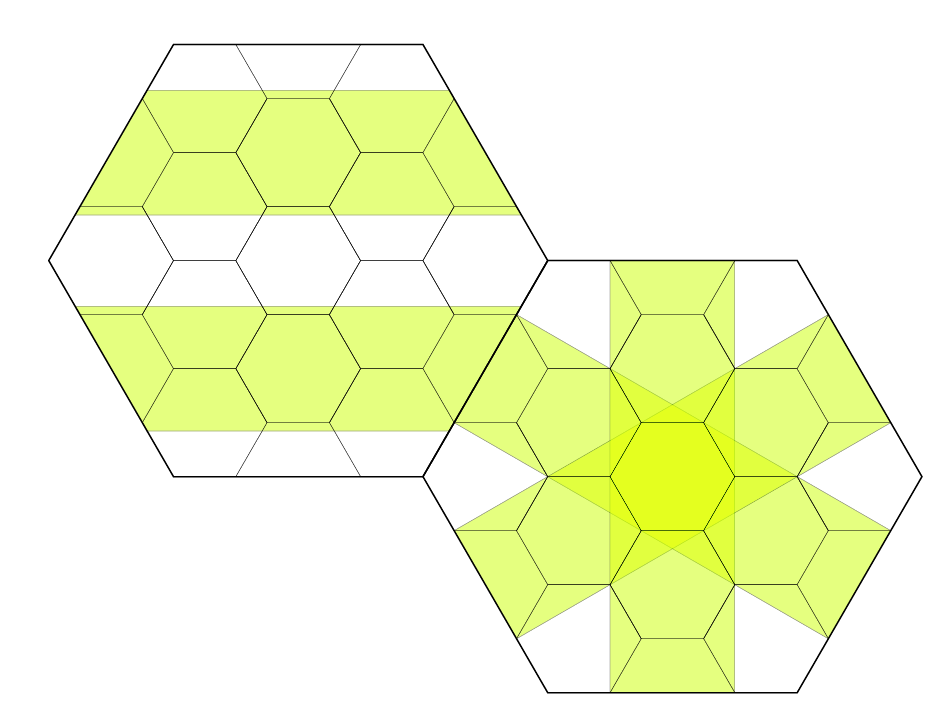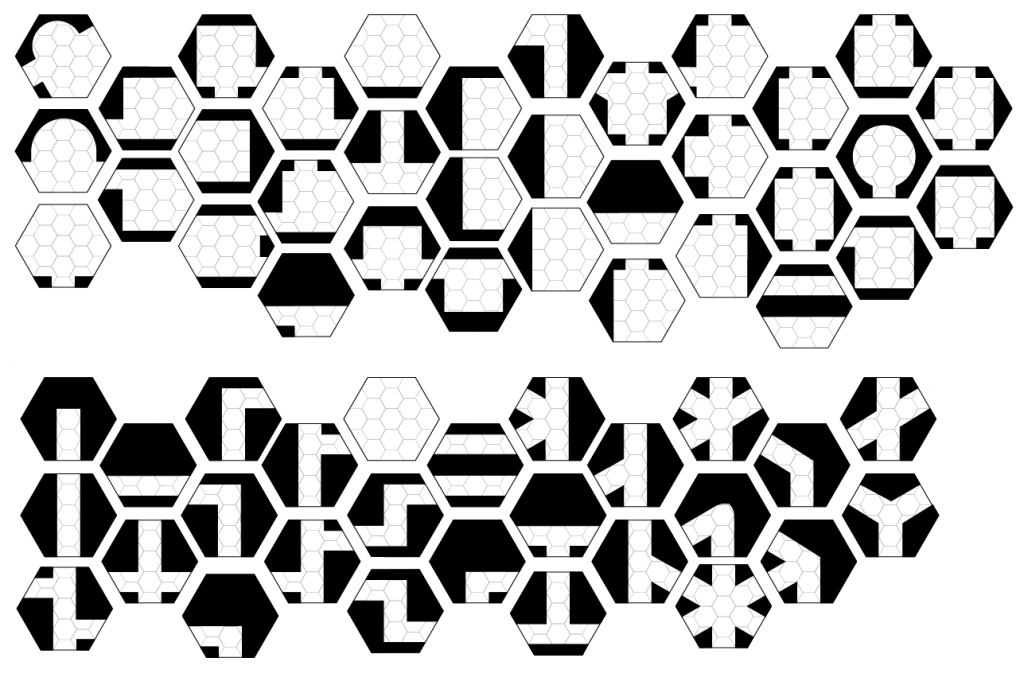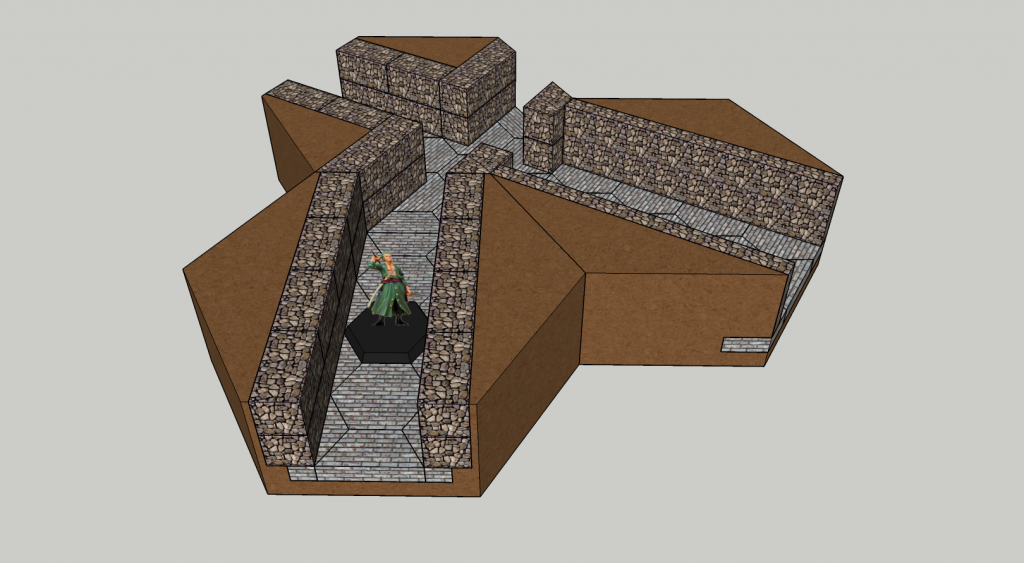Despite its name the Fukuiraptor (foo-KOO-ee-RAP-tor) is not a Raptor at all. It belongs more to the Allosaurus family. At 14 feet (4.2 m.) long, 3 feet (.92 m.) high at the shoulder and weighing 450 pounds (200 kg.) the Fukuiraptor is nothing to tangle with lightly. When domesticated they can be used as mounts for smaller individuals (average of 5′ 3″ and around 100-120 lbs.) or as hunting/war dogs. Riding Theropods (small) required and Animal Handling: Theropods required. In the wild they are only encountered alone or with a mate.
ST: 15 HP: 15 Speed: 6.75
DX: 14 Will: 3 Move: 7
IQ: 3 Per: 12
HT: 13 FP: 13 SM: +2 (3 hexes)
Dodge: 9 Parry: 0 DR: 1
Attack (Skill or Resistance):
- Claws: 1d+1 cut C,1; SL: 12
- Teeth 1d cut C, SL: 14
- Tail: 1d+1 cr C,1;
Traits: Acute Taste & Smell 1 [2, B35]; Bestial -10 [B124]; Cannot Speak -15 [B125]; Claws, Sharp (Feet) 5 [B42] Claws, Sharp (Hands) [3, B42]; Combat Reflexes 15 [B43]; Damage Resistance 1 – Tough Skin, -40% [3, B47]; Enhanced Move 1
(Ground Speed 16); Fit 5 [B55]; Hidebound -5 [B138]; Peripheral Vision 15 [B74]; Restricted Diet (Carnivore) -20 [B151]; Weak Striker (Tail; Cannot Parry; Long, SM+1; Limited Arc, rear hexes); 5 [B88]; Taboo Trait (Fixed IQ) 0 [B263]; Teeth, Sharp 1 [B91]
Skills: Brawling DX+0 [1, B182]; Stealth DX-1 [1, B222]; Survival (choose one) Per-1 [1, B223]; Tracking Per-1 [1, B226]
Class: Dinosaur, Animal

